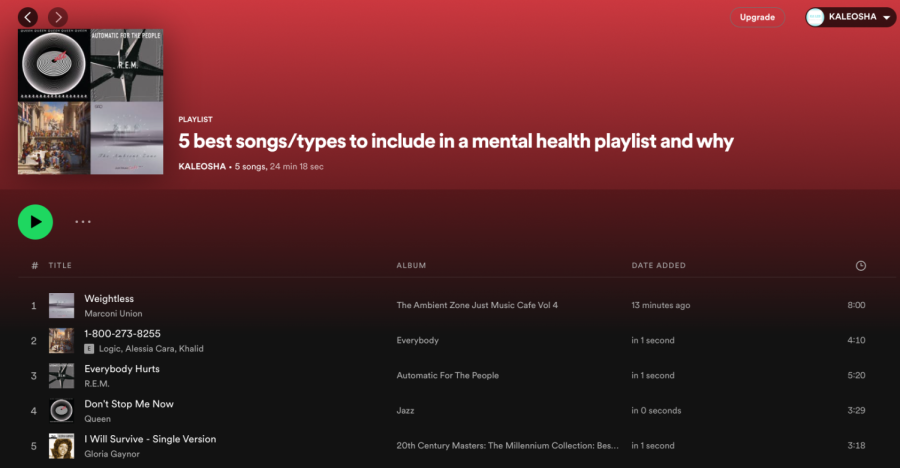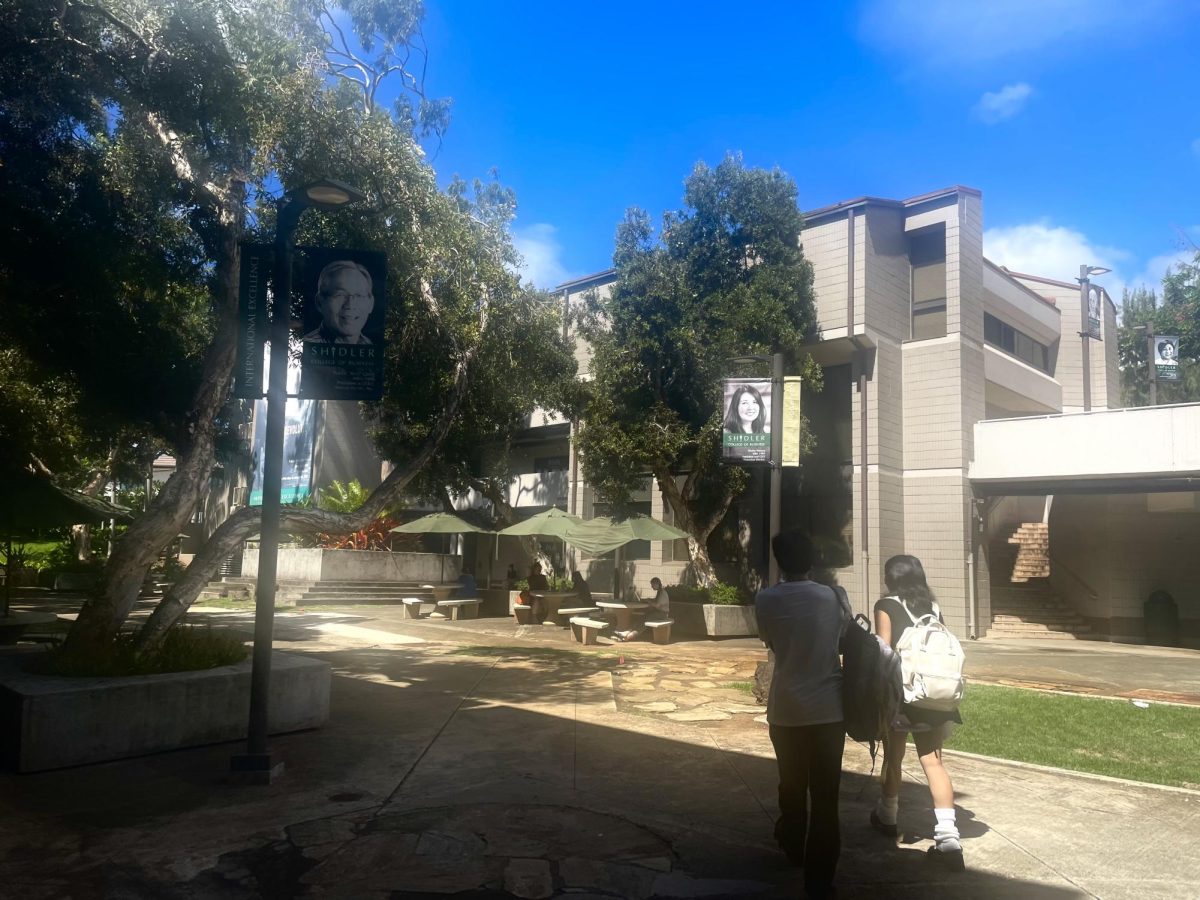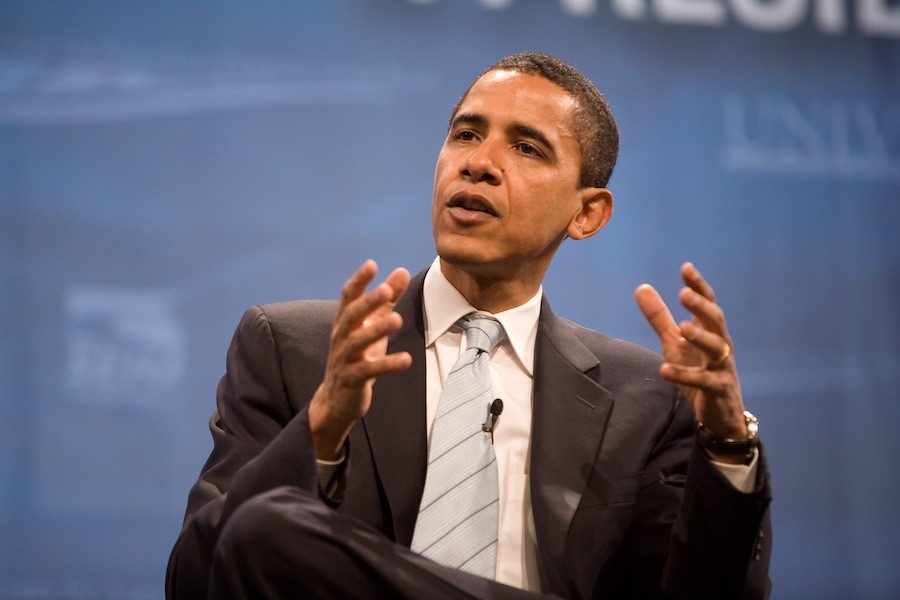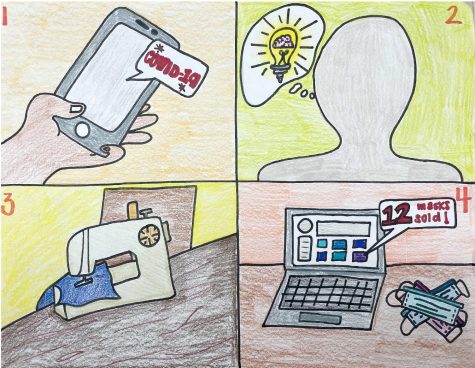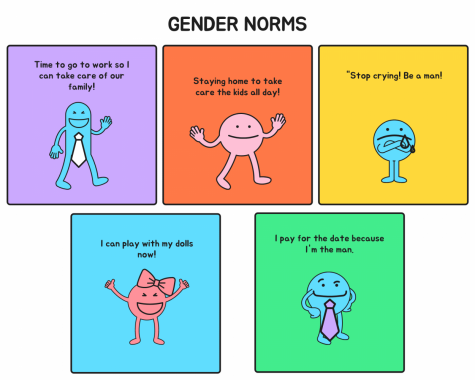Community college plan can expand country’s educated population and economy
Photo credit: Google Images.
January 26, 2015
President Barack Obama recently proposed a novel plan to offer free community college for two years to students who enroll full time and maintain a 2.5 GPA.
The plan has provoked controversy among members of Congress but also illuminates the need for serious changes in American education with new requirements for the 21st century.
Obama’s plan will mean significant changes in higher education to create what America needs to compete in the global economy. Such changes are necessary for the American people not only to survive but also to thrive in the future.
Many employers believe that some college education is the minimal level necessary for success in this century. What once used to be optional has become mandatory for America’s labor pool. It’s nearly impossible for people to live financially comfortably without a college degree of some sort.
Obama’s plan will significantly give a leg up to those who can’t afford higher education. The plan can reduce unemployment as those with a college education are more likely to find good jobs with a future. Since more people will be in the workforce, the Gross Domestic Product (GDP) will rise, hopefully leading to a healthier economy.
People who did not initially plan to attend college will be more encouraged to pursue such an education. With no cost for the first two years of higher education, the most significant barrier for college attendance will be gone.
As of 2013, only 66 percent of high school graduates planned to attend college in the fall following high school graduation.
While community colleges are less restrictive in their admission process, students for whom college tuition proved to be an insurmountable hardship will have fewer financial barriers to prevent their attendance.
The National Center for Education Statistics found that the graduation rate for full-time students pursuing a bachelor’s degree at a 4-year school in 2006 was 59 percent. That 59 percent completed the degree within six years.
An obstacle to the president’s plan may be the effect on Federal Student Aid funds, affecting students pursuing private college education. At this time, however, it is not certain where funding will come from. It could be that some programs will be canceled and those funds transferred to the new plan. The plan will cost close to $60 billion over 10 years.
In the 21st century, a college degree is the bare minimum needed to enter the workforce. In fact, it is becoming more and more common that a master’s or Ph.D degree are the entry-level degrees for many fields.
Free community college will create a better educated population and is forecast to produce about nine million full-time students a year, saving them each on average $3,800 annually.
President Obama’s plan needs to be seriously considered. American students must acquire the education needed to compete in the national and global workforce. Undereducated students will hinder not only economic growth in the U.S. but also be outdone in the global economy.













